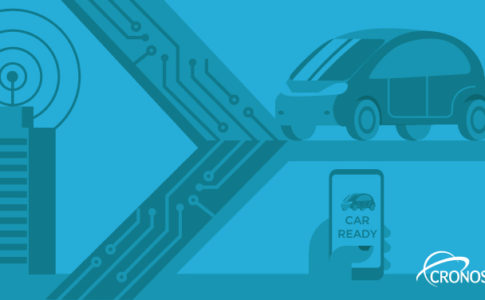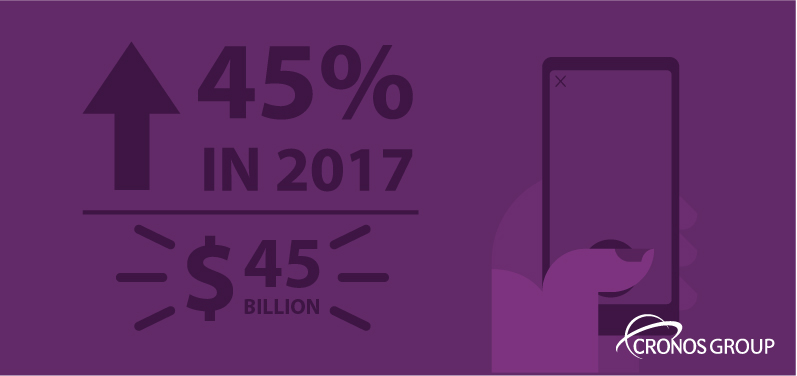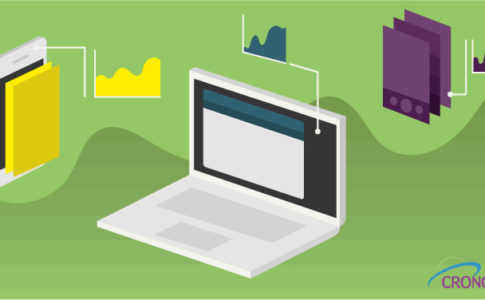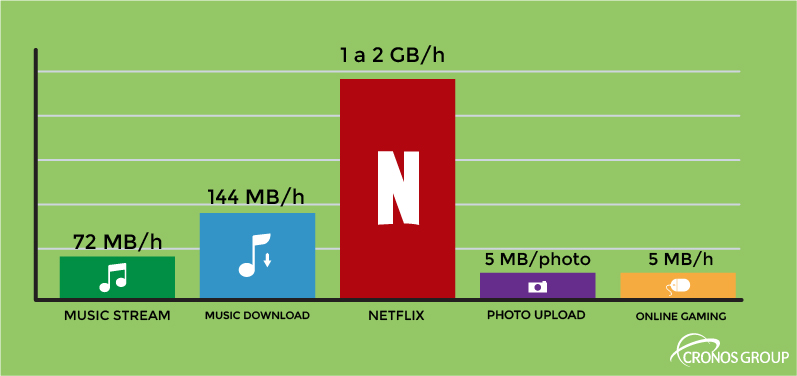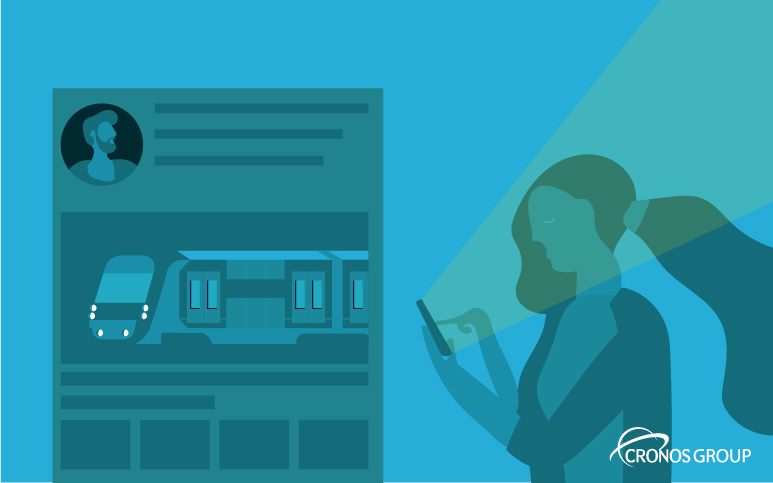There have always been predictions about the future of technology, but today in comparison with the past, these predictions aren’t as imaginative as they used to be, given the fast pace in which innovation occurs. Everything we used to imagine about the future, like human robots and driverless cars are now a real expectation since they are already being created.
Only to have an idea of how fast are we becoming a technologic world, here are some data provided by The World Economic Forum’s Global Agenda Council on the Future of Software & Society, that can help us have an idea of the world we’ll live in, not so far from today:
Four years from now, 10% of the world’s population will be wearing clothes connected to the internet with embedded chips that’ll track and identify people.
Seven years from today, 80% of people on Earth will have a digital presence online and 90% of the global population will have a “supercomputer” on their pocket. With more frequency, people are recurring to their smartphones as they would a PC, giving mobile companies the responsibility to adapt their products to the demands of the population, so, it is estimated that in less than a decade, almost the entire global population will have a gadget to help them preform almost everything.
In only eight more years, access to the internet will become a basic right, compelling governments and institutions to increase their efforts to connect even the most remote parts of the world.
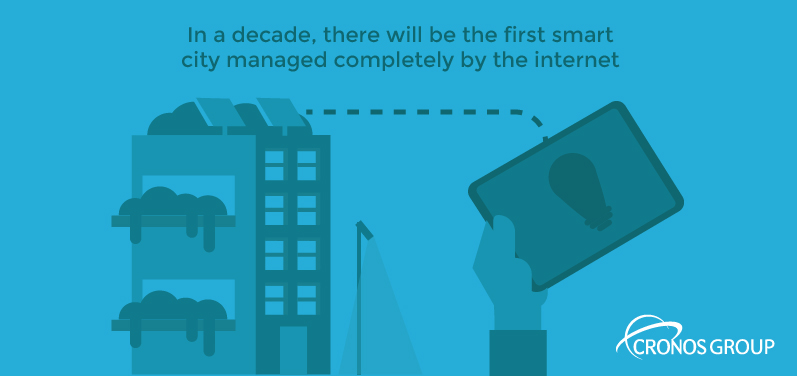 By 2025, more trips will be made using car-sharing apps that by privately own cars. As technology and internet connection advances, we get closer together; that’s why it is estimated that in almost a decade from today we’ll adapt to the shared economy model and preform a lot of traditional activities, like traveling in sharing and cooperative modes.
By 2025, more trips will be made using car-sharing apps that by privately own cars. As technology and internet connection advances, we get closer together; that’s why it is estimated that in almost a decade from today we’ll adapt to the shared economy model and preform a lot of traditional activities, like traveling in sharing and cooperative modes.
In a decade, there will be the first smart city managed completely by the internet. Imagine a city where there are no traffic lights, because everything from sidewalks, streets and buildings are connected to the internet. Well, not so far from today, that’ll be a reality. Mimicking the structure of a smart home, in the future, cities will be capable of preforming by automated systems that’ll control everything from energy to traffic.
As you can see, the world we only though to be possible in science fiction is everyday closer to becoming a reality.

